|

On eBay Now...
RARE Signed Stampless Letter re Utica & Schenectady Railroad 1836 Jacob Glen NY For Sale
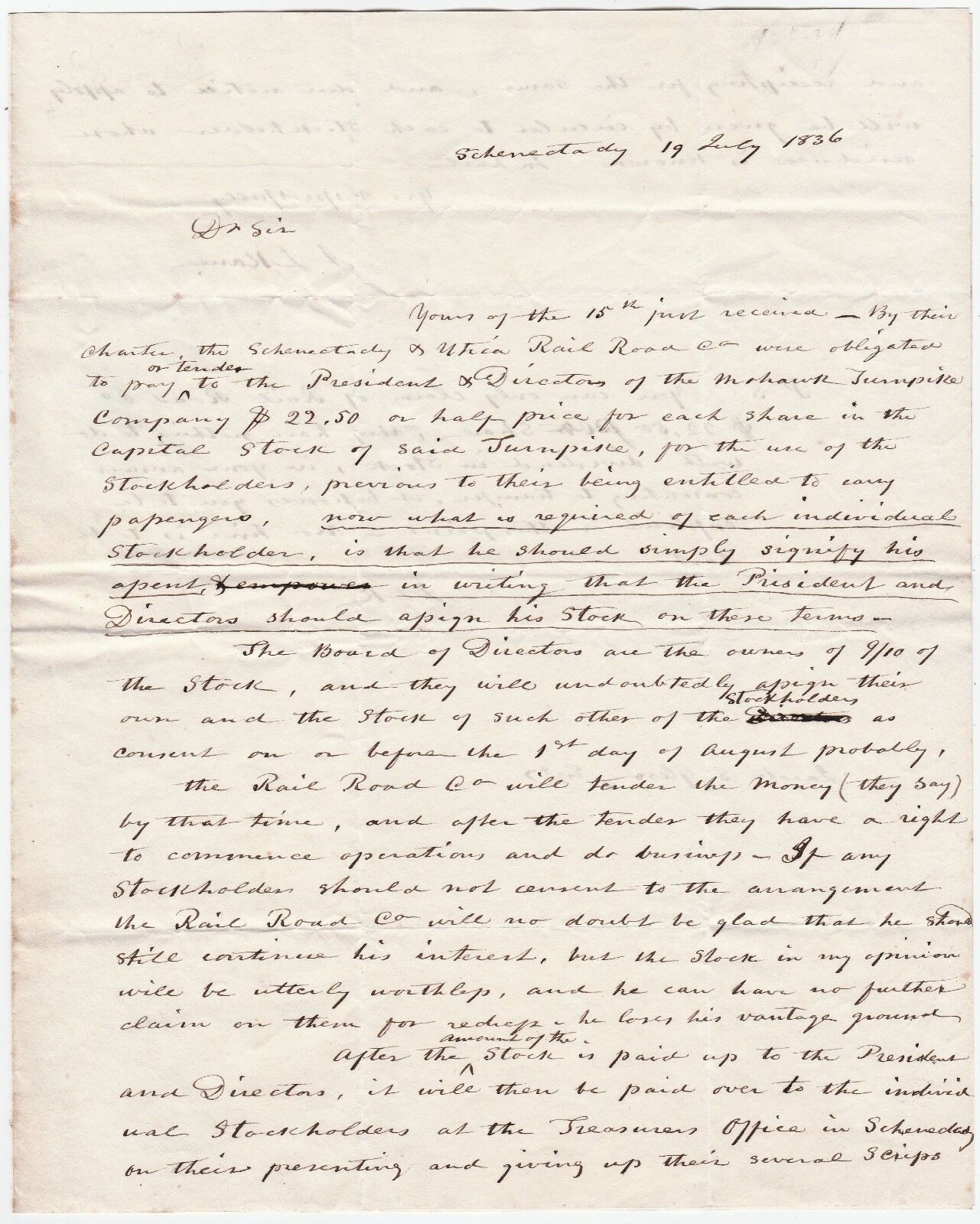
When you click on links to various merchants on this site and make a purchase, this can result in this site earning a commission. Affiliate programs and affiliations include, but are not limited to, the eBay Partner Network.

RARE Signed Stampless Letter re Utica & Schenectady Railroad 1836 Jacob Glen NY:
$378.00
RARE Important Autograph Letter SignedRegarding EARLY Utica and Schenectady Railroad
From J.L. Kane
To Jacob S Glen - Founder of Glen, New York
1836
For offer - a rare unique letter! Fresh from an estate in Upstate NY. Never offered on the market until now. Vintage, Old, antique, Original - NOT a Reproduction - Guaranteed !!Letter talks about stock and work that needs to be done before beginning operation of this railroad. The railroad opened in 1836 - soon after this letter was written. I am not sure who J.L. Kane is - perhaps James Kane, but the recipient, Jacob S Glen, is quite well known (see below). Manuscript letter, signed. Stampless, with rate of 6 cents, with Schenectady Postal postmark. 2 pg. letter, plus cover (4 pgs. total).In good to very good condition. Please see photos. NOTE: This item will be sent folded up, as it was found, and shown in last photo. If you collect 19th century American history, transportation, Americana, train, RR, etc., this is a nice one for your paper or ephemera collection. Combine shipping on multiple offer wins! 1771
The Mohawk & Hudson Railroad was the first railroad built in the State of New York and one of the first railroads in the United States. It was so-named because it linked the Mohawk River at Schenectady with the Hudson River at Albany. It was conceived as a means of allowing Erie Canal passengers to quickly bypass the circuitous Cohoes Falls via steam powered trains.
The railroad was incorporated on April 17, 1826[1] as the Mohawk & Hudson Company and opened for public service on August 9, 1831. On April 19, 1847, the company name was changed to the Albany & Schenectady Railroad. The railroad was consolidated into the New York Central Railroad on May 17, 1853.
History On December 28, 1825, Schenectady County resident (Duanesburg) George William Featherstonhaugh (pronounced Fenshaw[2]) ran a newspaper notice announcing the formation of the Mohawk & Hudson Rail Road Company. The intention was to bypass the Erie Canal between Albany and Schenectady, cutting time for the trip from a whole day to under one hour.[3] The Mohawk & Hudson became the first chartered railroad in New York State on April 17, 1826.
Construction began in August 1830 and the railroad opened September 24, 1831, on a 16-mile route between Albany and Schenectady through the Pine Bush region that separates both cities.[4] The civil engineer Peter Fleming surveyed the right-of-way and provided the cost estimates. Fleming resigned in 1830 and was replaced by John B. Jervis. The tracks were made of strap rail resting on stone blocks rather than crossties that later became standard. Initially the line ended outside the two cities to avoid steep grades — in Albany the line ended near the current intersection of Madison and Western Avenues — and the passengers covered the remaining distance in stagecoaches.[5] Later at each end an inclined plane with a fixed steam engine was used to raise and lower the train.[3]
The DeWitt Clinton as it would have appeared on its inaugural run in 1831. The DeWitt Clinton locomotive, built by the West Point Foundry in New York, made its first test run on July 2, 1831. After some hesitation it was decided that the engine would burn wood rather than coal. The official opening took place on September 24, 1831, with approximately eighty politicians and dignitaries. The DeWitt Clinton, pulling three cars, covered the route in forty-seven minutes. Another eight cars had to be pulled by horses.[3]
In 1832, a rider wrote in his journal.
June 28, arrive in Schenectady. Among the astonishing inventions of man, surely that of the locomotive steam engine hath no secondary rank. By this matchless exercise of skill, we fly with a smooth and even course along once impassible barriers, the valleys are filled, the mountains laid low, and distance seems annihilated. I took my seat as near as possible to the car containing the engine, in order to examine more minutely the operation of this, to me, novel and stupendous specimen of human skill. Having thus, as if by some invisible agency flown the distance of 16 miles in 40 minutes, at Schenectady I took passage on the Hudson and Erie Canal for Buffalo.[6]
GLEN, named in honor of Jacob S. Glen, a prominent citizen of the town, was formed from Charleston, April 10, 1823. It lies on the south bank of the Mohawk and west of Schoharie Creek. Its surface is chiefly uplands about 600 feet high, descending by abrupt declivities to the narrow intervales along the streams. The principal streams are Auries Creek, which flows into the Mohawk, and Irish Creek, flowing into the Schoharie. The first named is the Dutch for Aaron’s Creek, and received its name from an Indian in the vicinity. The Indian name was Ogh-rack-ie. The soil is a clayey loam, for the most part, and very productive. One mile east of Voorheesville is a chalybeate spring. Attempts have been made to obtain iron but without success. Upon Schoharie Creek, about two miles above its mouth, is a high bank formed by a land slide and called by the Indians, Co-daugh-ri-ty, signifying “Steep Bank,” or “Perpendicular Wall.”
The village was first called \"Voorhistown,\" and, later, and until 1860, \"Voorheesville.\" It s present name came from Jacob S. Glen, who owned most of the land where the village is now situated
Glen is a town in Montgomery County, New York, United States. The population was 2,507 at the 2010 census. The town was named after Jacob Glen, an early landowner.[3][4]
The Town of Glen is centrally located in the county, southwest of the City of Amsterdam.
History Glen was inside the original Town of Mohawk, which was subdivided out of existence. Glen was first settled by European colonists in the 18th century, around 1725. The Town was formed in 1823 from the Town of Charleston.
In 1846, the community of Fultonville separated from the Town by incorporating as a village.
Geography According to the United States Census Bureau, the town has a total area of 39.3 sq mi (102 km2), of which, 38.7 sq mi (100 km2) of it is land and 0.6 sq mi (1.6 km2) of it (1.50%) is water.
The Mohawk River forms the north town line, and the Schoharie Creek forms the east town line.
The New York State Thruway crosses the north part of Glen at the south bank of the Mohawk River. New York State Route 5S parallels the Thruway. New York State Route 30A is a north-south highway that intersects New York State Route 161 at Glen village.
Demographics Historical population Census Pop. %± 1830 2,451 — 1840 3,678 50.1% 1850 3,043 −17.3% 1860 2,884 −5.2% 1870 2,782 −3.5% 1880 2,622 −5.8% 1890 2,648 1.0% 1900 2,281 −13.9% 1910 2,002 −12.2% 1920 1,782 −11.0% 1930 1,749 −1.9% 1940 1,754 0.3% 1950 1,742 −0.7% 1960 1,734 −0.5% 1970 1,797 3.6% 1980 1,893 5.3% 1990 1,950 3.0% 2000 2,222 13.9% 2010 2,507 12.8% Est. 2016 2,418 [2] −3.6% U.S. Decennial Census[5] As of the census[6] of 2000, there were 2,222 people, 781 households, and 567 families residing in the town. The population density was 57.4 people per square mile (22.2/km²). There were 863 housing units at an average density of 22.3 per square mile (8.6/km²). The racial makeup of the town was 95.59% White, 1.98% African-American, 0.23% Native American, 0.95% Asian, 0.14% from other races, and 1.13% from two or more races. Hispanic or Latino of any race was 2.25% of the population.
There were 781 households out of which 35.5% had children under the age of 18 living with them, 55.8% were married couples living together, 11.0% had a female householder with no husband present, and 27.4% were non-families. 21.0% of all households were made up of individuals and 9.0% had someone living alone who was 65 years of age or older. The average household size was 2.64 and the average family size was 3.06.
In the town, the population was spread out with 25.7% under the age of 18, 8.2% from 18 to 24, 29.6% from 25 to 44, 23.3% from 45 to 64, and 13.3% who were 65 years of age or older. The median age was 37 years. For every 100 females, there were 109.6 males. For every 100 females age 18 and over, there were 109.6 males.
The median income for a household in the town was $41,307, and the median income for a family was $44,674. Males had a median income of $32,473 versus $22,642 for females. The per capita income for the town was $17,583. About 3.0% of families and 6.0% of the population were below the poverty line, including 3.8% of those under the age 18 and 9.6% of those age 65 or over.
Communities and locations in Glen Auries Creek – A tributary of the Mohawk in the central part of Glen. The name is derived from a native who lived in the area. Auriesville – A hamlet on the Mohawk River in the northeast part of the town, on NY-5S. Believed to have been developed at the site of a Mohawk village known as Ossernenon, this was the site of the killings of Jesuit missionaries, one in 1642 and two in 1646, by Mohawk. They are among the eight North American Martyrs canonized in 1930 and venerated by the Roman Catholic Church. Fultonville – The Village of Fultonville is in the north part of the Town next to the Mohawk River at NY-5S and NY-30A. Glen – The hamlet of Glen is in the center of the Town; NY-30A goes through it. The community was originally called \"Vorheesville\" and \"Five Corners.\" The Glen Historic District was listed on the National Register of Historic Places in 2001.[7] Square Barn Corners – A location between Fultonville and Glen village on NY-30A. Stone Ridge – A hamlet on the west town line, at the Mohawk River and NY-5S. Van Wie Creek – A tributary of the Mohawk in the northwest part of Glen.
Nearby towns :
City Amsterdam Towns Amsterdam Canajoharie Charleston Florida Glen Minden Mohawk Palatine Root St. Johnsville Villages Ames Canajoharie Fonda (county seat) Fort Johnson Fort Plain Fultonville Hagaman Nelliston Palatine Bridge St. Johnsville Census-designated place Tribes Hill Hamlet Auriesville Fort Hunter Sprakers Sprout Brook

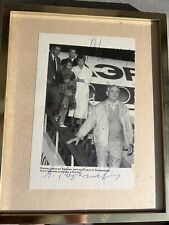
RARE Signed By Mikhail Gorbachev & Wife Raisa PHOTO Page “Anatomy Of Putsch” $325.00

Rare Large Conco Crane Porcelain Sign Original Authentic Excellent Condition $699.99
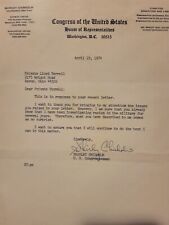
Rare SHIRLEY CHISHOLM Autographed / Signed Letter on Congressional Letterhead $250.00
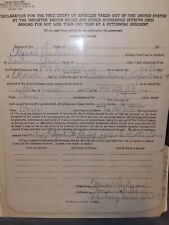
Super RARE 1955 Marian Anderson Signed US Custom Form $500.00
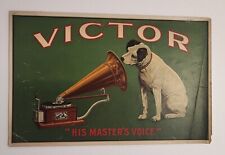
Rare Advertisement Vintage RCA dog Translucent Window Sign 16.5" x 11" $119.90
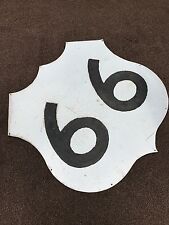
Rare ORIGINAL ROUTE 66 SIGN / 36" x 36" HUGE Die-Cut Shield Sign $10000.00
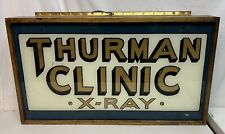
Vintage Restored Distressed Hand Painted X-Ray Advertisement Sign Rare Tested $850.00
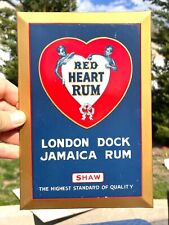
TIN OVER CARDBOARD RED HEART RUM JAMAICA SIGN ADVERTISING SHANK CO RARE $450.00
|